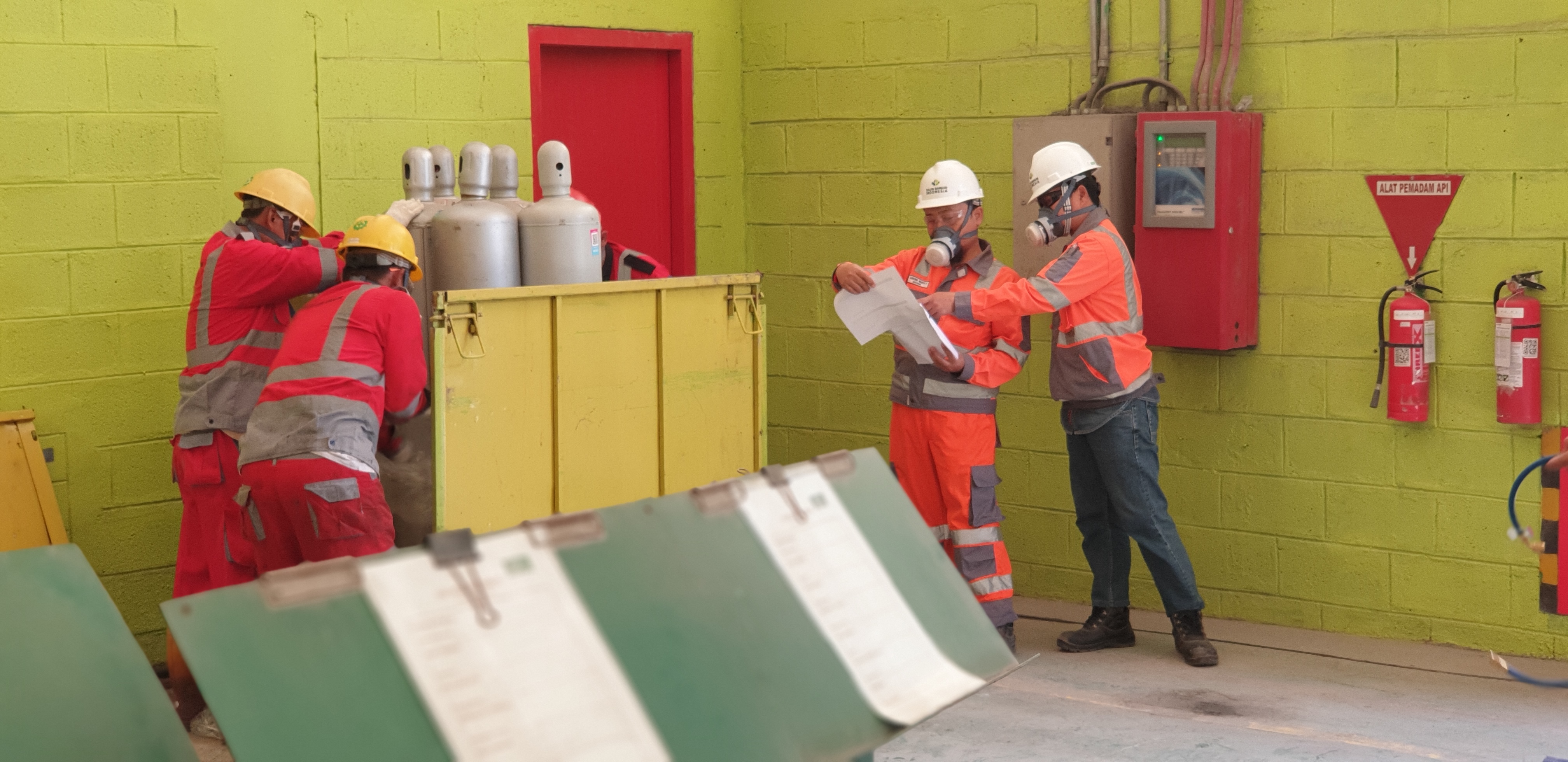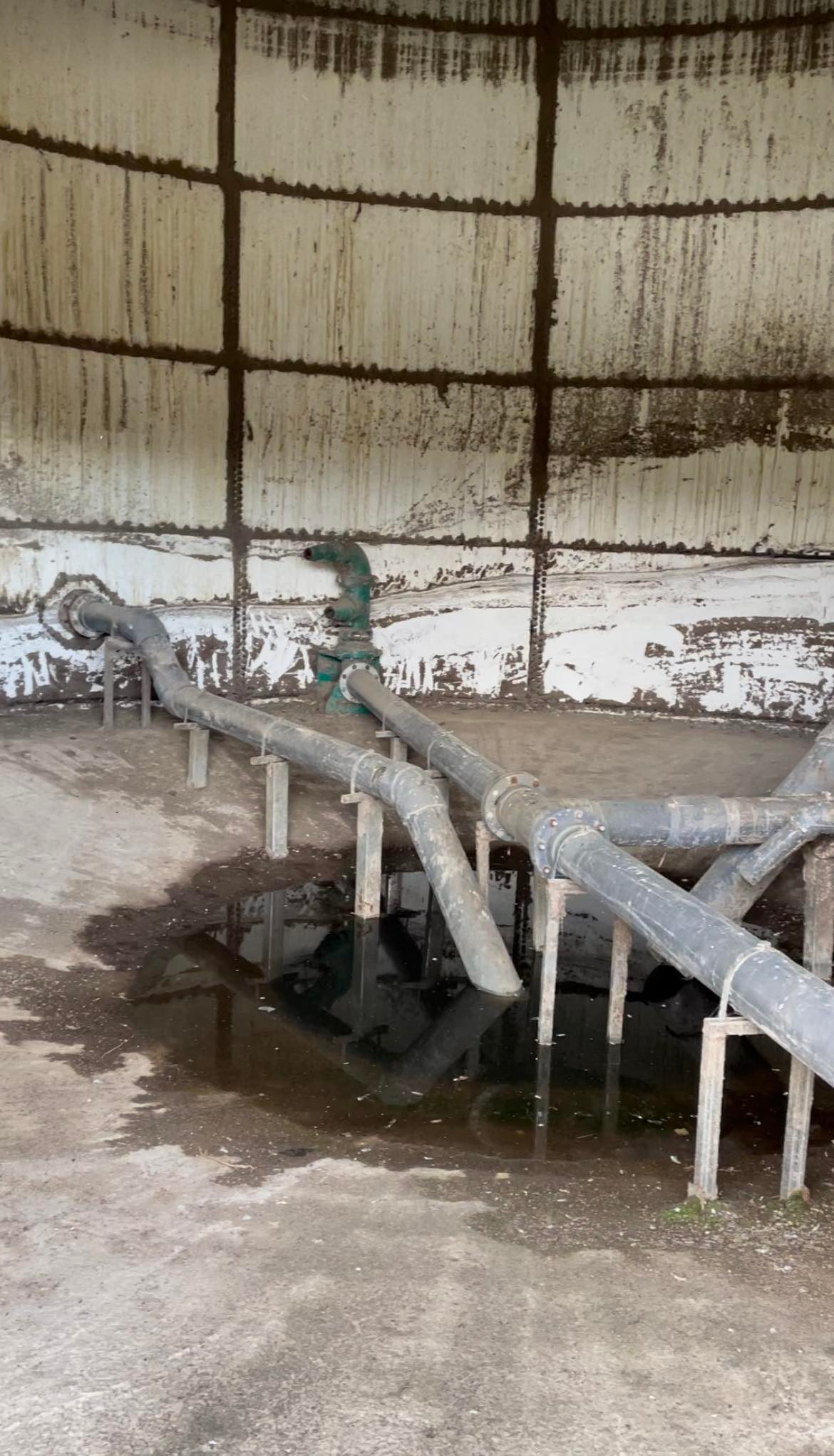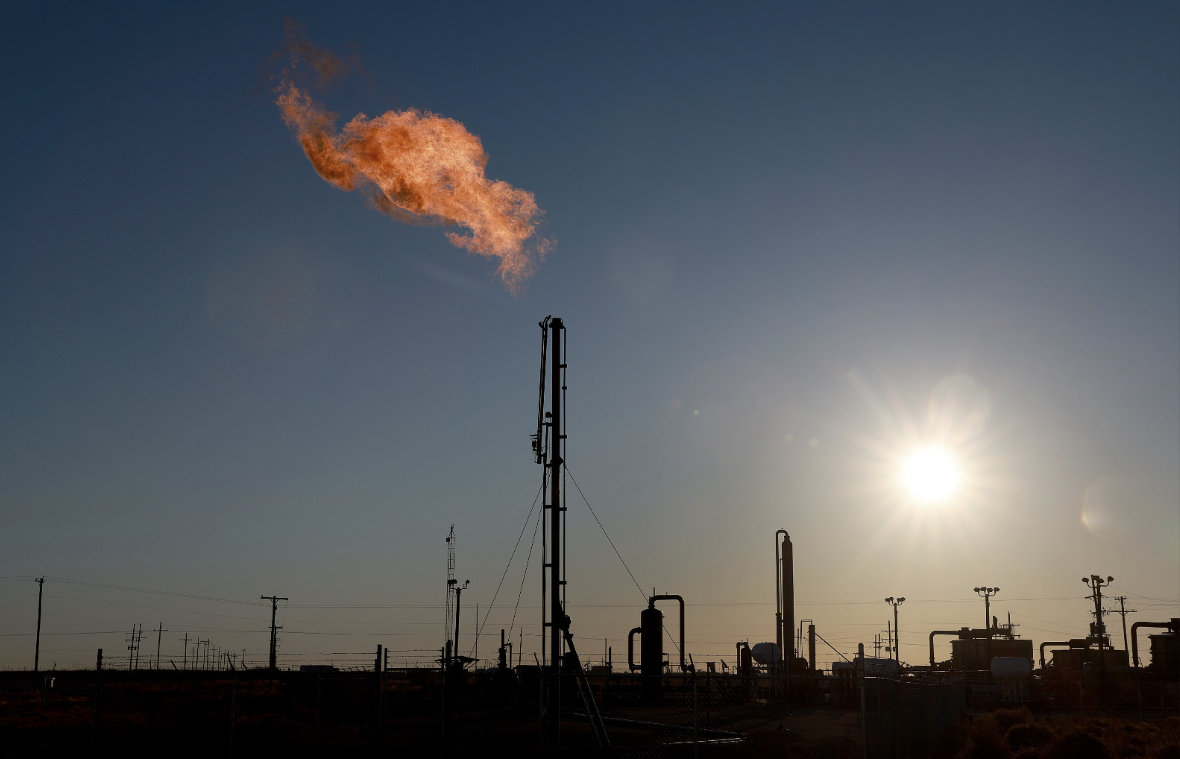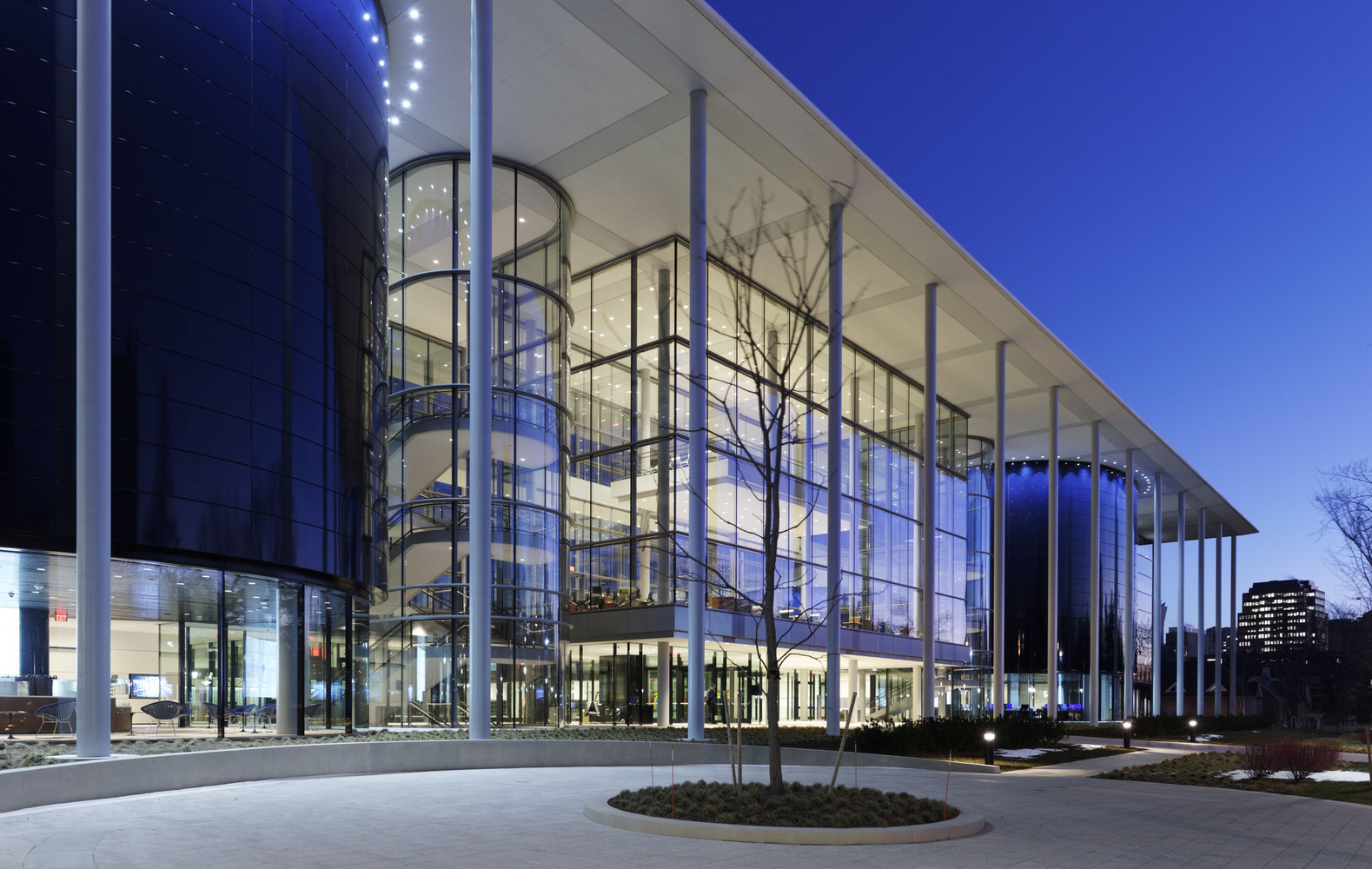Our Theory of Change
Reaching net zero in line with 1.5- or 2-degree Celsius temperature pathways is a monumental task. We stay laser-focused on a crucial, overlooked piece of the net zero puzzle: reducing emissions of Short-Lived Climate Pollutants (so-called because of their high Global Warming Potentials and short atmospheric lifetimes). The technology to abate SLCPs measurably, cost effectively, and at scale already exists, but solutions suffer from an investment gap. Our Anthropogenic Program aims to mobilize the carbon market, procurement power, and government policy to unlock financing for these solutions.
Why Focus on Short-Lived Climate Pollutants?
Due to their behavior in the atmosphere, SLCPs such as methane and hydrofluorocarbons (HFCs) have an outsized effect on temperature rise in the near term – which makes reducing their rate of emission one of the most effective climate solutions available today. Rapid reductions in SLCP emissions can buy time for the global transition to renewable energy and the scale-up of carbon removal. For example, according to the UN's Global Methane Assessment, curbing methane emissions by 45% would avoid nearly 0.3°C of global warming by 2045.




.jpg)

.jpg)







